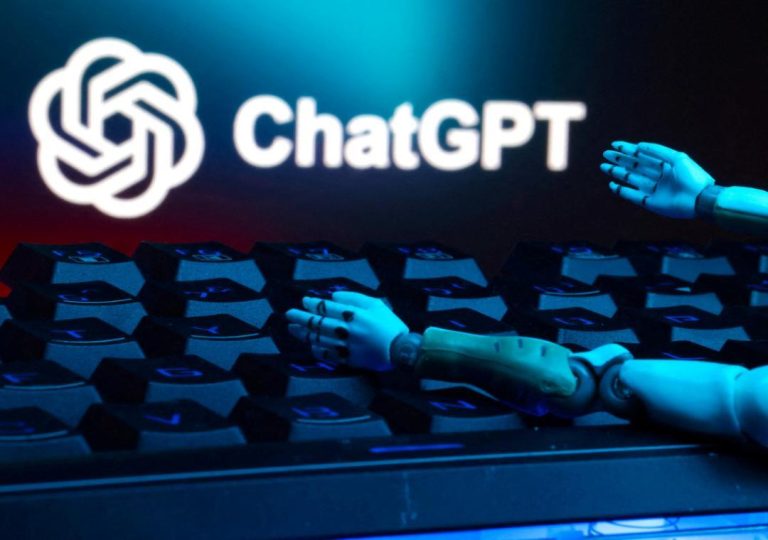
Physiotherapy: How AI & AR are making pain a thing of the past
Pain is a universal human experience that can be debilitating and life-altering. It’s a constant companion for many, affecting their daily lives, relationships, and overall well-being. However, the good news is that physiotherapy, a healthcare discipline focused on the diagnosis, treatment, and prevention of disorders and injuries, is evolving rapidly with the integration of Artificial Intelligence (AI) and Augmented Reality (AR). These technologies are transforming the way physiotherapists work, making pain management and prevention more effective, accessible, and proactive.
In this blog post, we’ll explore how AI and AR are revolutionizing physiotherapy, enabling healthcare professionals to provide more personalized care, reduce treatment time, and improve patient outcomes.
Real-time Posture Corrections with AI-powered Tools
One of the significant advantages of AI in physiotherapy is the ability to analyze and correct posture in real-time. AI-powered tools can detect subtle changes in posture, providing instant feedback to patients, enabling them to make adjustments and maintain proper alignment. This is particularly useful for patients with musculoskeletal issues, such as chronic back pain, where poor posture can exacerbate the condition.
For instance, AI-powered posture correction tools can be integrated into wearable devices, allowing patients to track their posture throughout the day. These devices can provide personalized feedback, suggesting corrections and exercises to improve posture and reduce muscle imbalances.
Personalized Exercise Plans with AR-based Rehabilitation
Augmented Reality is another technology that’s transforming physiotherapy. AR-based rehabilitation programs can provide patients with personalized exercise plans, tailored to their specific needs and goals. These programs can be accessed through mobile devices or augmented reality glasses, allowing patients to perform exercises in the comfort of their own homes.
AR-based rehabilitation programs can also provide real-time feedback, tracking patient progress and adjusting exercises accordingly. This ensures that patients receive the most effective treatment possible, reducing the risk of injury and improving overall outcomes.
Early Detection of Musculoskeletal Issues with AI-driven Analytics
AI-driven analytics is another area where AI is making a significant impact in physiotherapy. By analyzing vast amounts of data, AI algorithms can identify patterns and anomalies that may indicate the presence of musculoskeletal issues. This enables healthcare professionals to detect potential problems early on, reducing the risk of chronic pain and long-term damage.
For instance, AI-driven analytics can be used to analyze patient data, such as movement patterns, muscle imbalances, and injury history. This information can be used to develop personalized treatment plans, targeted at preventing or managing musculoskeletal issues.
Shifting Focus from Treatment to Prevention
The integration of AI and AR in physiotherapy is not only improving treatment outcomes but also shifting the focus from treatment to prevention. By providing real-time feedback, personalized exercise plans, and early detection of musculoskeletal issues, AI and AR are empowering patients to take a more proactive approach to their health.
This shift in focus is critical, as it enables healthcare professionals to address the root causes of pain and musculoskeletal issues, rather than simply treating symptoms. By preventing problems from arising in the first place, AI and AR are revolutionizing physiotherapy, ensuring accessible and proactive healthcare for all.
Conclusion
The integration of AI and AR in physiotherapy is a game-changer for the healthcare industry. These technologies are transforming the way physiotherapists work, enabling them to provide more personalized care, reduce treatment time, and improve patient outcomes.
As AI and AR continue to evolve, we can expect to see even more innovative applications in physiotherapy, including the development of AI-powered chatbots for patient communication, AR-based virtual reality therapy, and AI-driven predictive analytics for early detection of musculoskeletal issues.
By embracing these technologies, physiotherapists can provide more effective, accessible, and proactive healthcare, making pain a thing of the past.
Source:
https://www.healthcareradius.in/features/technology/physiotherapy-obesity-tech






